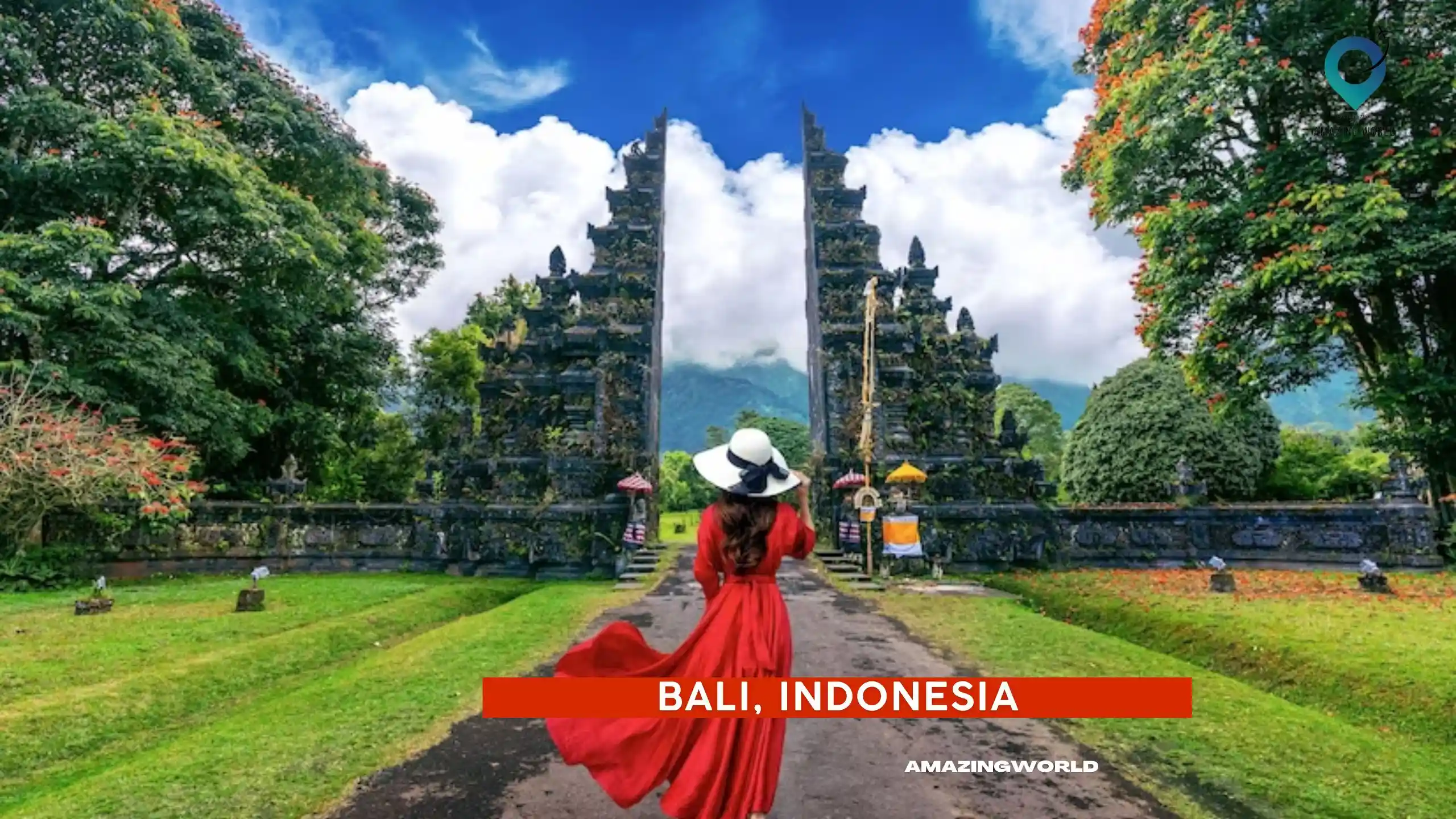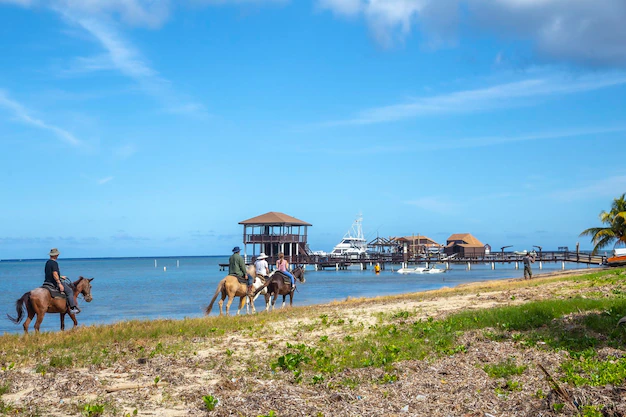Explore Bali in 2024: Your Guide to the Best Time to Visit
Are you planning an unforgettable escapade to Bali in 2023, eager to uncover the optimal moments to savor this enchanting island’s beauty? Welcome to your comprehensive guide—your compass for navigating Bali’s diverse tapestry of experiences throughout the year.
As you embark on your journey to explore Bali in 2023, you’re stepping into a realm where ancient traditions coalesce with breathtaking landscapes, vibrant festivals, and serene coastal escapes. This guide aims to illuminate the pathways to your Bali expedition, unveiling the opportune periods, hidden gems, and essential insights that will shape your adventure.
In the pages that follow, discover the nuances of Bali’s seasons, revealing the best times for indulging in its vibrant festival celebrations, embracing coastal charms, and navigating the delicate balance between cost, weather, and crowds. Each turn of phrase will guide you through the intricacies of planning your Bali getaway in 2023, ensuring an experience tailored to your preferences and desires.
Pack your curiosity, enthusiasm, and a sense of adventure as we dive into the kaleidoscope of opportunities awaiting you in Bali in 2023—a year brimming with promise, adventure, and the magic of discovery amidst the allure of this captivating Indonesian paradise.
“If you are looking for the best hotel and flight deals for your next vacation, then we recommend booking your bundled flight and hotel through hotwire.com.“
Understanding Bali’s Seasonal Patterns
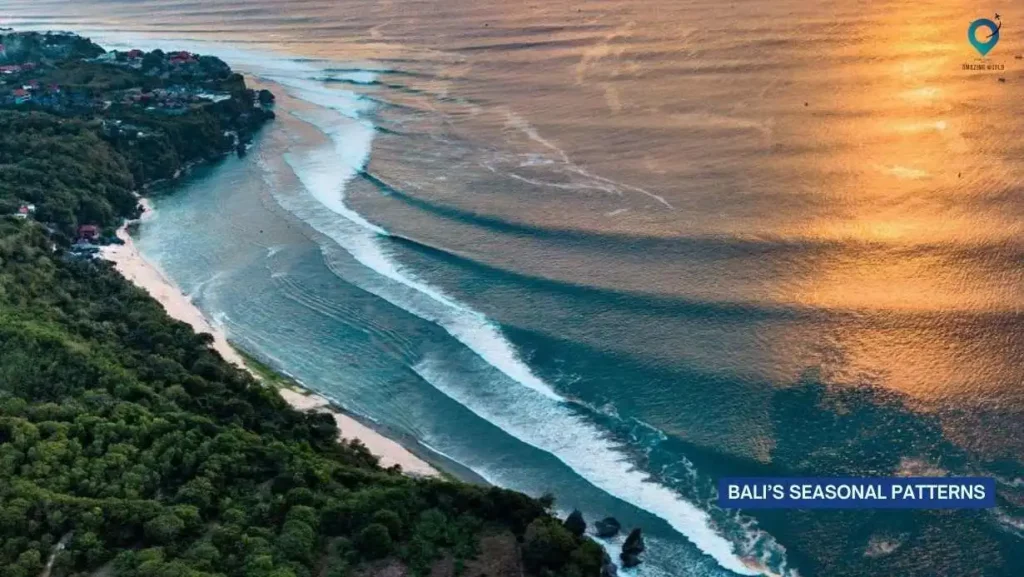
Bali experiences two distinct seasons that greatly impact the island’s atmosphere and activities: the dry and wet seasons.
The dry season spans from April to September. During this period, Bali enjoys plenty of sunshine, making it an ideal time for outdoor adventures, beach activities, and cultural exploration. It’s a peak tourist season due to the favorable weather conditions, attracting numerous visitors seeking the island’s warmth and vibrant atmosphere.
On the other hand, the wet season occurs from October to March. This period is characterized by intermittent rainfall and higher humidity. While some may find the rain a deterrent, the wet season offers its own charm. The landscape becomes lush and vibrant, the crowds thin out, and there might be cost-saving opportunities due to lower demand.
Understanding these seasonal variations helps travelers plan their Bali adventure based on their preferences. Whether someone seeks the lively energy of the dry season or prefers the tranquility and unique experiences of the wet season, Bali accommodates diverse tastes, offering something special for every visitor throughout the year.
Navigating Bali’s Weather: A Guide for Travelers

Bali’s weather significantly influences the experience tourists have on the island. Understanding the climate variations throughout the year is crucial for making the most out of a Bali visit.
1. Seasons in Bali
Bali experiences two primary seasons: the dry season and the wet season.
- Dry Season (April to September): During this period, Bali enjoys sunny days with minimal rainfall. It’s the peak tourist season, offering ideal conditions for outdoor activities, beach visits, and exploring cultural sites.
- Wet Season (October to March): This season brings sporadic rainfall and higher humidity. While rain is more frequent, it doesn’t typically last all day. The landscape becomes lush and green, with fewer tourists and potential cost-saving opportunities.
2. Weather Patterns Across Bali
Bali’s weather can vary significantly across different regions due to the island’s topography.
- Southern Coast: Generally, the southern coast, including areas like Kuta, Seminyak, and Jimbaran, experiences slightly drier conditions compared to other regions, especially during the dry season.
- Central and Northern Bali: These regions, including Ubud and the northern coast, might receive more rainfall, contributing to their lush landscapes and picturesque rice terraces.
3. Packing Tips and Essentials
Travelers should pack accordingly to adapt to Bali’s varying weather conditions:
- Dry Season Essentials: Lightweight clothing, sunscreen, hats, sunglasses, and swimwear for the sunny days.
- Wet Season Preparation: Pack waterproof gear, umbrellas, quick-dry clothing, and insect repellent. It’s also advisable to carry a light jacket for cooler evenings.
4. Choosing the Best Time to Visit
The “best” time to visit Bali varies based on personal preferences and planned activities.
- Dry Season Advantages: Ideal for beachgoers, surfers, and those interested in cultural exploration amid sunny weather and vibrant festivities.
- Wet Season Benefits: Appeals to nature lovers, photographers, and travelers seeking quieter experiences with lush landscapes and potential cost savings.
5. Planning Activities According to Weather
Understanding Bali’s weather patterns helps in planning specific activities:
- Dry Season Activities: Water sports like surfing, snorkeling, and diving are popular, along with temple visits and outdoor festivals.
- Wet Season Activities: Exploring waterfalls, experiencing traditional Balinese dance performances, and enjoying spa treatments indoors during occasional rain showers.
Navigating Bali’s weather empowers travelers to make informed decisions, ensuring an enjoyable and fulfilling experience while exploring this captivating island paradise.
Optimal Periods for Budget-Friendly Bali Trips

When planning a budget-friendly trip to Bali, choosing the right time to visit can significantly impact expenses. Understanding the optimal periods for cost-effective travel can help maximize experiences while minimizing expenses.
1. Off-Peak Seasons and Cost Considerations
- Shoulder Seasons (April, May, September, October): These months fall between the peak tourist seasons, offering a balance between favorable weather and reduced accommodation costs. Traveling during these periods can result in discounted rates on flights, accommodations, and activities.
- Wet Season Discounts (November to March): Despite occasional rain, the wet season often presents opportunities for significant cost savings. Hotels and tours may offer discounted rates due to decreased demand. Travelers can leverage these discounts while experiencing Bali’s lush landscapes and cultural offerings.
2. Strategies for Budget Travelers
- Advance Booking: Planning and booking accommodations and activities well in advance can secure better deals and prevent last-minute price hikes.
- Flexible Travel Dates: Being flexible with travel dates allows visitors to take advantage of fluctuating prices. Midweek stays and avoiding peak holiday periods might result in lower costs.
- Local Transportation and Dining: Utilizing local transportation options like buses or renting scooters can be cost-effective. Exploring local eateries offering authentic cuisine at lower prices can also help in budget management.
3. Balancing Cost and Experience
- Understanding Peak Season Surges: While the dry season (April to September) is considered the peak tourist season due to optimal weather conditions, it also brings increased prices for accommodations and activities.
- Exploring Low-Season Benefits: Embracing the wet season’s affordability can provide unique experiences at a lower cost. Travelers willing to manage occasional rain showers can enjoy serene landscapes and fewer crowds.
- Striking a Balance: Finding the right balance between cost-saving measures and desired experiences is key to enjoying Bali on a budget. Combining cost-effective periods with planned activities ensures a memorable yet economical trip.
Peak Season Explained: Making the Most of Bali
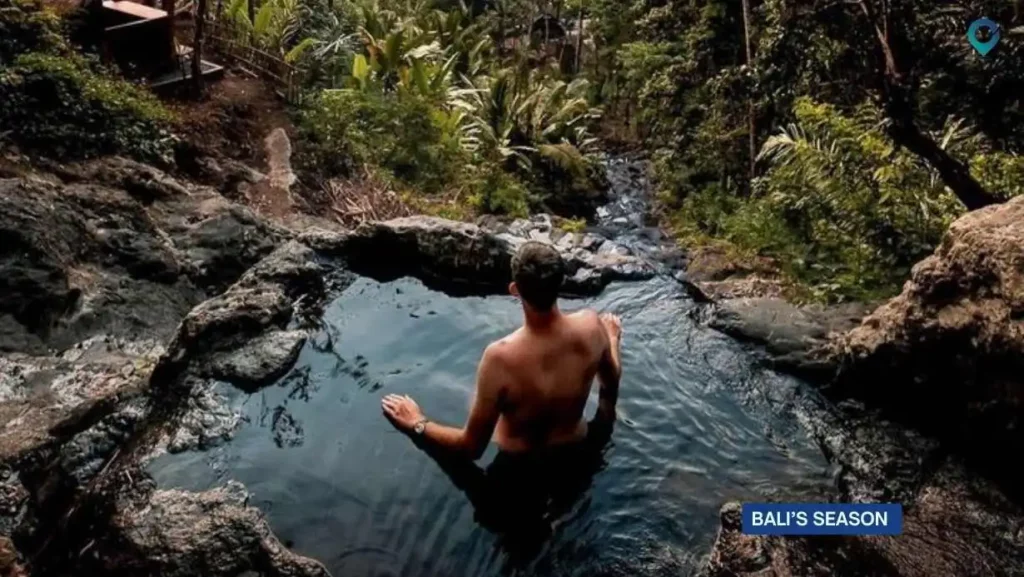
Bali’s peak season, spanning from April to September, offers travelers a vibrant and bustling atmosphere alongside optimal weather conditions. Understanding how to make the most of this peak period can enhance the overall Bali experience.
Advantages of Peak Season
- Ideal Weather Conditions: The dry season provides sunny days, making it perfect for beach activities, water sports, and outdoor exploration of Bali’s natural beauty.
- Cultural and Festival Vibrancy: Peak season coincides with various cultural events, ceremonies, and festivals. Visitors can immerse themselves in Balinese traditions, witness temple ceremonies, and enjoy vibrant festivities.
Booking and Planning During Peak Season
- Early Reservations: Given the high demand, booking accommodations, flights, and popular tours well in advance is advisable to secure preferred choices and potentially benefit from early booking discounts.
- Crowd Management: Expect larger crowds at popular tourist spots and beaches during this period. Planning visits during early mornings or late afternoons might offer a more relaxed experience.
Optimizing Peak Season Experience
- Exploring Lesser-Known Attractions: While famous attractions draw crowds, exploring off-the-beaten-path locations or less popular beaches can provide a quieter and more authentic experience.
- Balancing Relaxation and Activities: Alternate between relaxing beach days and engaging in cultural activities to maintain a balanced and enjoyable itinerary.
Understanding both the optimal periods for budget-friendly travel and the dynamics of Bali’s peak season empowers travelers to plan and tailor their experience according to their preferences and budget constraints, ensuring a fulfilling and memorable Bali trip.
Selecting the Perfect Accommodation in Bali
Choosing the right accommodation in Bali significantly impacts the overall travel experience. With diverse options ranging from luxury resorts to budget-friendly guesthouses, finding the perfect place involves considering various factors.
Location Considerations
- Beachfront vs. Inland: Beachfront accommodations offer stunning views and easy beach access, while inland options might provide a more immersive cultural experience and lower prices.
- Proximity to Attractions: Depending on preferences, selecting accommodations near specific attractions or activities can save time on commuting and enhance convenience.
Accommodation Types
- Resorts and Villas: Luxurious resorts and private villas offer amenities like spas, pools, and personalized services, suitable for travelers seeking comfort and relaxation.
- Guesthouses and Homestays: Budget-friendly options like guesthouses or homestays provide a chance to interact with locals and immerse in Balinese culture.
Reviews and Recommendations
- Online Reviews: Checking reviews on platforms like TripAdvisor or Booking.com can offer insights into the experiences of previous guests, helping in making informed decisions.
- Local Recommendations: Seeking recommendations from locals or experienced travelers can provide authentic insights and hidden gems for accommodation choices.
Strategies to Explore Bali with Fewer Tourists
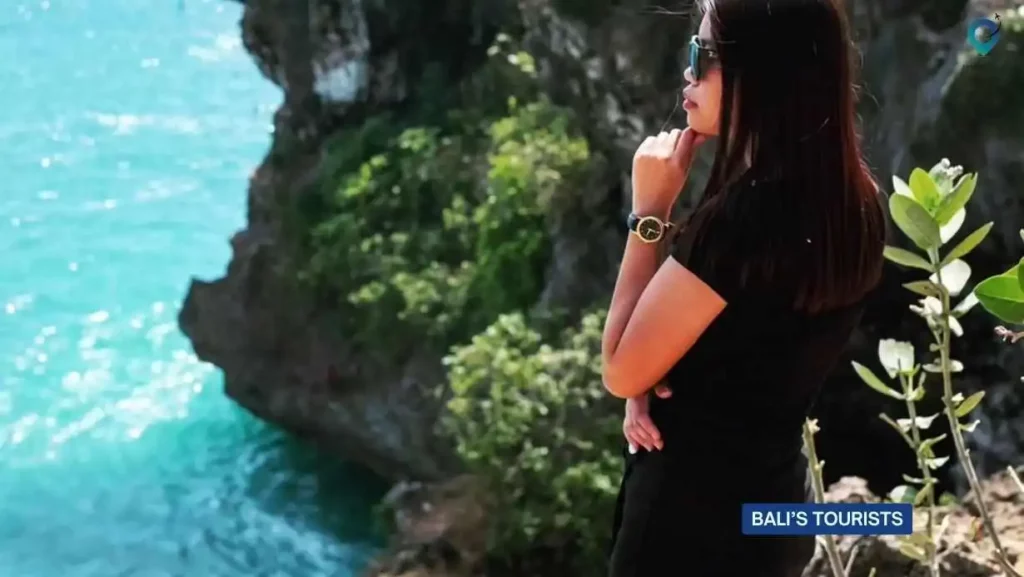
Exploring Bali’s wonders away from the crowds can offer a more intimate and authentic experience. Implementing certain strategies allows travelers to discover the island’s beauty with a sense of tranquility.
Visiting Lesser-Known Sites
- Off-the-Beaten-Path Destinations: Exploring lesser-known attractions, secluded beaches, and rural villages allows for a unique and less crowded experience.
- Early Morning or Late Afternoon Visits: Planning visits during less popular hours can help avoid tourist rushes, providing a serene atmosphere at popular spots.
Exploring Beyond Peak Hours
- Avoiding Peak Times: Scheduling visits to popular attractions during weekdays or off-peak hours reduces encounters with large tour groups.
- Exploring during Low Seasons: Leveraging the quieter periods, particularly during the wet season, offers the opportunity to explore popular sites with fewer tourists.
Weather Guide: Best Times for Ideal Bali Conditions
Understanding Bali’s weather patterns helps travelers plan their activities and maximize enjoyment based on favorable conditions.
Dry Season Advantages
- Optimal Weather for Outdoor Activities: The dry season (April to September) offers sunny days, ideal for beach outings, water sports, and exploring outdoor attractions.
- Festival and Event Season: Many cultural festivals and ceremonies take place during this period, providing visitors with an opportunity to immerse in Balinese traditions.
Wet Season Insights
- Lush Landscapes and Unique Experiences: Despite occasional rain showers from October to March, the wet season presents lush scenery and potential cost savings due to decreased demand.
- Managing Rainfall: Travelers can embrace the wet season by scheduling indoor activities, spa visits, or exploring waterfalls during breaks in the rain.
Insider’s Guide to Finding Affordable Deals in Bali
Bali, known for its captivating landscapes and vibrant culture, also offers numerous opportunities for budget-conscious travelers. Here’s an insider’s guide to discovering affordable deals on accommodations, activities, and more in Bali.
1. Off-Peak Travel Benefits
- Utilizing Shoulder Seasons: Traveling during the shoulder seasons, like April, May, September, and October, offers a balance between good weather and reduced prices. Accommodations and activities often provide discounts during these periods.
- Exploring the Wet Season: Embracing the wet season (November to March) presents cost-saving opportunities due to decreased demand. Hotels, tours, and dining establishments may offer discounted rates during these months.
2. Strategic Booking Tips
- Advance Reservations: Booking accommodations, flights, and activities well in advance can secure better deals and prevent last-minute price increases, especially during peak seasons.
- Flexibility with Travel Dates: Being flexible with travel dates can help capitalize on fluctuating prices. Midweek stays and avoiding peak holiday periods might result in lower costs.
3. Local and Budget-Friendly Experiences
- Exploring Local Markets and Eateries: Enjoying authentic Balinese cuisine at local warungs (eateries) offers delicious and affordable dining experiences. Exploring traditional markets also allows for unique and budget-friendly shopping.
- Utilizing Local Transportation: Opting for local transportation modes like buses or renting scooters instead of taxis can significantly cut transportation costs.
Planning Hikes in Bali: Ideal Months and Trails

Bali’s diverse landscapes and scenic beauty provide ample opportunities for hiking enthusiasts. Understanding the ideal months and exploring popular trails ensures a rewarding hiking experience on the island.
1. Ideal Hiking Months
- Dry Season (April to September): These months offer the best weather conditions for hiking, with clear skies and minimal rainfall. Trails are less slippery, and the views are generally clearer during this period.
- Shoulder Months (April, May, September, October): Balancing good weather and fewer crowds, these months are excellent for hiking while enjoying discounted prices on accommodations and activities.
2. Popular Hiking Trails
- Mount Agung: Bali’s highest peak provides challenging yet rewarding trails. However, it’s essential to check for volcanic activity and follow local guidelines before attempting this hike.
- Campuhan Ridge Walk: A beginner-friendly trail near Ubud offering picturesque views of lush landscapes, rice terraces, and cultural sights.
3. Preparation and Safety Measures
- Proper Gear and Hydration: Wearing suitable hiking gear, including sturdy shoes, hats, and sunscreen, is crucial. Carrying sufficient water and staying hydrated throughout the hike is essential, especially in Bali’s tropical climate.
- Local Guides and Knowledge: Hiring local guides or joining guided tours ensures safety and a deeper understanding of the trails, cultural significance, and potential risks.
Conquering Mount Batur: Timing Your Ascent
Mount Batur, an active volcano, is a popular hiking destination in Bali, offering mesmerizing sunrise views. Knowing the best timing and preparation for ascending Mount Batur enhances this challenging yet rewarding experience.
1. Optimal Time for Ascent
- Sunrise Trek: Ascending Mount Batur before dawn allows hikers to witness a breathtaking sunrise over Bali’s landscapes. It involves starting the hike in the early hours to reach the summit in time for sunrise.
- Weather Consideration: Checking weather forecasts and choosing days with clear skies enhances the sunrise viewing experience.
2. Preparation and Guidelines
- Fitness Level and Equipment: The hike requires moderate fitness levels, and wearing appropriate clothing and footwear is crucial. Bringing a flashlight or headlamp for the pre-dawn hike is essential.
- Local Guides and Tours: Engaging experienced local guides or joining organized tours ensures safety, proper guidance, and access to insightful information about the volcano’s history and geology.
3. Safety Measures and Etiquette
- Respecting the Environment: Following designated trails, avoiding littering, and respecting local customs contribute to preserving the natural beauty of Mount Batur.
- Staying Hydrated and Alert: Carrying enough water and snacks, taking breaks when necessary, and being mindful of one’s physical condition throughout the ascent ensures a safe and enjoyable hike.
Immersing in Bali’s Vibrant Festival Seasons
Bali’s rich cultural heritage is epitomized by its vibrant festivals and ceremonies, offering travelers an immersive experience into the island’s traditions and celebrations.
1. Festivals and Cultural Events
- Galungan and Kuningan: This significant Hindu festival celebrates the victory of good over evil. It involves colorful processions, traditional dances, and beautifully decorated temples.
- Nyepi (Day of Silence): Bali’s New Year celebration involves a day of complete silence, followed by Ogoh-Ogoh parades and rituals the night before.
2. Experiencing Cultural Traditions
- Temple Ceremonies: Visiting Bali during festival seasons allows witnessing temple ceremonies where locals gather to offer prayers and participate in traditional rituals.
- Traditional Performances: Engaging in traditional dance performances like the Barong dance or Kecak dance provides insights into Bali’s cultural heritage.
Beach Escapes: Ideal Months for Bali’s Coastal Charms
Bali’s stunning coastline allures travelers seeking sun, sea, and sand. Understanding the ideal months for beach outings ensures a delightful coastal experience.
1. Dry Season Beach Retreats
- April to September: The dry season offers optimal beach weather with clear skies and gentle sea breezes, perfect for sunbathing, swimming, and water sports.
- July and August: Despite being peak tourist months, these months provide the best beach conditions, especially on the western and southern coasts.
2. Wet Season Coastal Exploration
- Off-Peak Beach Visits: The wet season (October to March) might experience occasional rainfall, yet it presents quieter beaches and potential cost-saving opportunities.
- Northern Coast Exploration: The northern coast experiences milder wet season conditions, offering alternatives for beachgoers seeking a quieter coastal experience.
Identifying the Off-Peak Periods: When to Avoid Bali
While Bali is captivating year-round, certain periods may not be optimal due to weather conditions, crowds, or cultural observations.
1. Wet Season Challenges
- November to March: The wet season can deter some travelers due to frequent rain showers, high humidity, and potential disruptions in outdoor activities.
- Increased Humidity: High humidity levels during the wet season might not be suitable for travelers uncomfortable with such conditions.
2. Peak Tourist Seasons
- July and August: These months witnessed a surge in tourist arrivals, leading to crowded attractions, higher accommodation prices, and increased traffic.
- Holiday Periods: Major international holidays like Christmas and New Year attract large crowds, resulting in inflated prices and limited availability.
Balancing Cost, Weather, and Crowds: Crafting Your Bali Itinerary
Crafting a well-balanced itinerary for Bali involves considering factors like cost, weather, and crowd preferences to ensure a satisfying travel experience.
1. Weather-Centric Planning
- Dry Season Advantages: Optimal weather conditions from April to September favor outdoor activities, beach visits, and cultural exploration.
- Wet Season Benefits: Embracing the wet season from October to March offers lush landscapes, fewer crowds, and potential cost savings.
2. Cost-Saving Strategies
- Off-Peak Travel: Shoulder seasons and the wet season present opportunities for reduced prices on accommodations, flights, and activities.
- Advance Booking and Flexibility: Planning ahead and being flexible with travel dates can secure better deals and prevent price hikes.
3. Crowd Management
- Avoiding Peak Times: Traveling during off-peak periods reduces encounters with large tour groups and offers a more tranquil experience at popular attractions.
- Exploring Lesser-Known Spots: Discovering off-the-beaten-path locations allows for a more intimate and authentic experience away from crowded tourist hubs.
Conclusion.
Crafting a memorable journey to Bali involves navigating its diverse offerings, from vibrant festivals to serene beach escapes while considering factors like weather, cost, and crowd dynamics. As a sought-after destination, Bali caters to diverse traveler preferences, providing an array of experiences throughout the year.
The island’s vibrant festival seasons offer a glimpse into Bali’s rich cultural heritage, allowing travelers to immerse themselves in traditional ceremonies and colorful rituals. From Galungan and Kuningan celebrations to the serene Nyepi, these festivals offer an authentic peek into Bali’s traditions and customs.
Exploring Bali’s coastal charms unveils a tapestry of sun-kissed beaches and pristine shores. During the dry season, from April to September, Bali’s western and southern coasts boast optimal weather for beach activities and water sports, while the wet season presents quieter coastal retreats with occasional rain showers.
Identifying off-peak periods is essential for travelers seeking a quieter and more cost-effective experience. While the wet season from October to March might deter some due to rainfall, it offers serene landscapes and reduced crowds. Understanding peak tourist seasons, like July and August, helps in managing expectations regarding crowds and accommodation prices.
How much did you like Our detailed The Best Time to Visit Bali – (MUST READ • 2023 Guide)? Please share your view in the comment box. Also, please share these Blogs with your friends on social media.
Recommended
- Kuta Beach Bali Indonesia: Things to do, How to reach and Avoid
- 10 things to do in Indonesia to enjoy the nightlife
- Top 5 Best Spots for River Rafting & Tubing in Bali– Indonesia
- Experience Iconic Handara Gate Raya Singaraja-Denpasar Bali Indonesia
- Kynance Cove Beach: The must-see sights in Mount’s Bay, Cornwall England
- Visit Birmingham Museum and Art Gallery UK | Ticket price & Contact
- Explore National Trust – White Park Bay Northern Ireland United Kingdom

Meet David Hoper, a passionate travel Blog writer with 7+ years of experience in travel content. Through his exemplary storytelling and engaging narratives, he shares his experiences and brings destinations to life. With a keen eye for detail and a love for exploration, he has cultivated a diverse portfolio of travel blogs that inspire and inform readers worldwide.




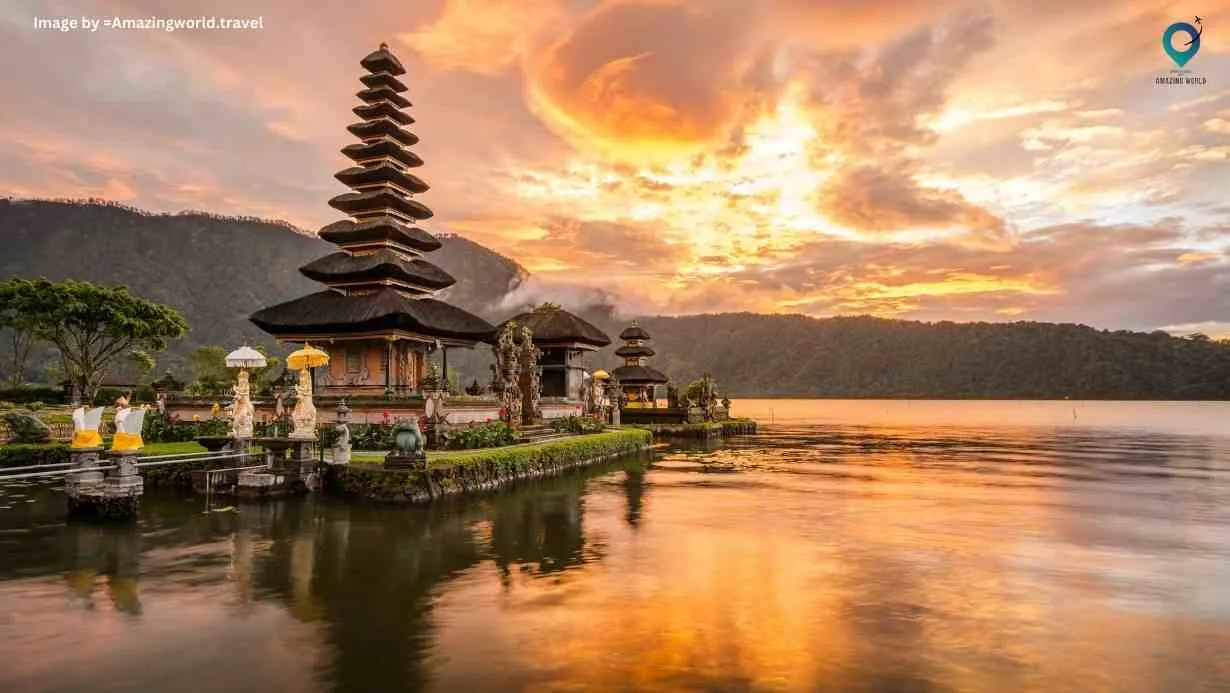

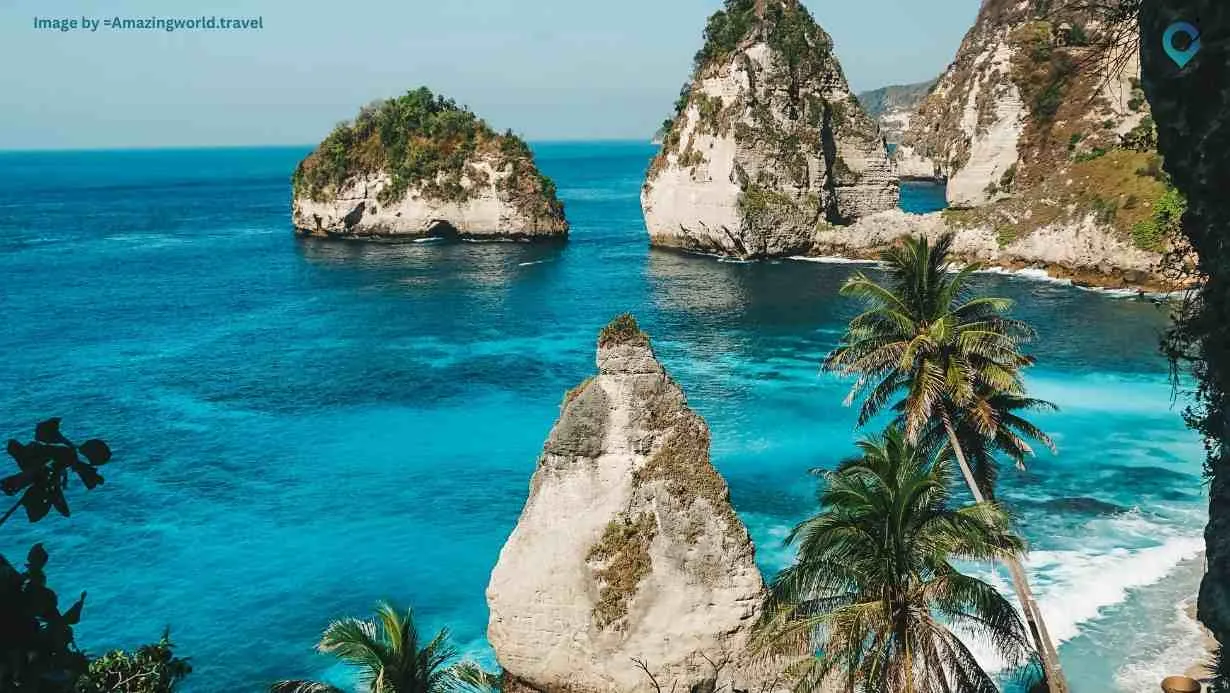
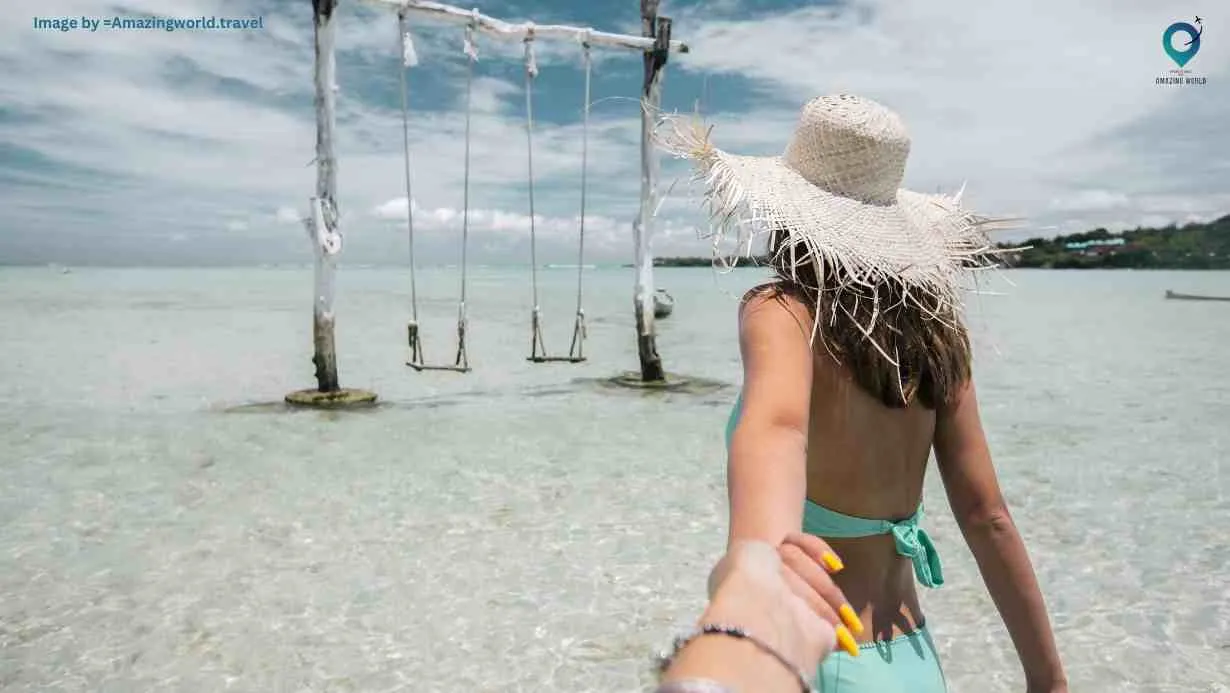


![The Ultimate LA 7-Day Itinerary [2024Guide] 17 Los-Angeles](https://amazingworld.travel/wp-content/uploads/2023/11/Los-Angeles-1-380x220.jpg)
